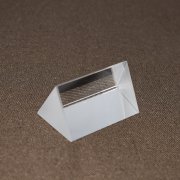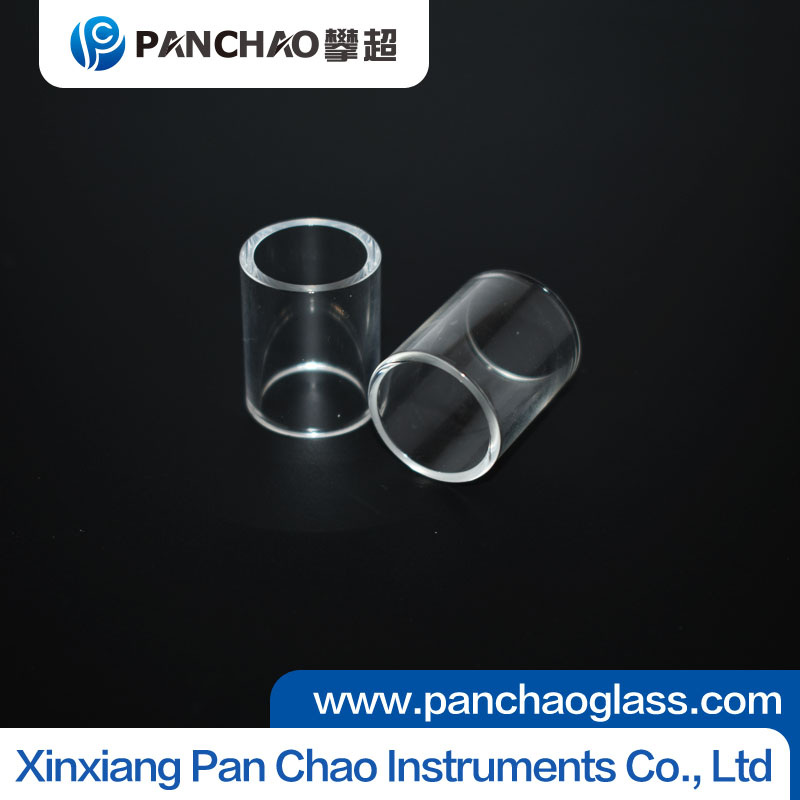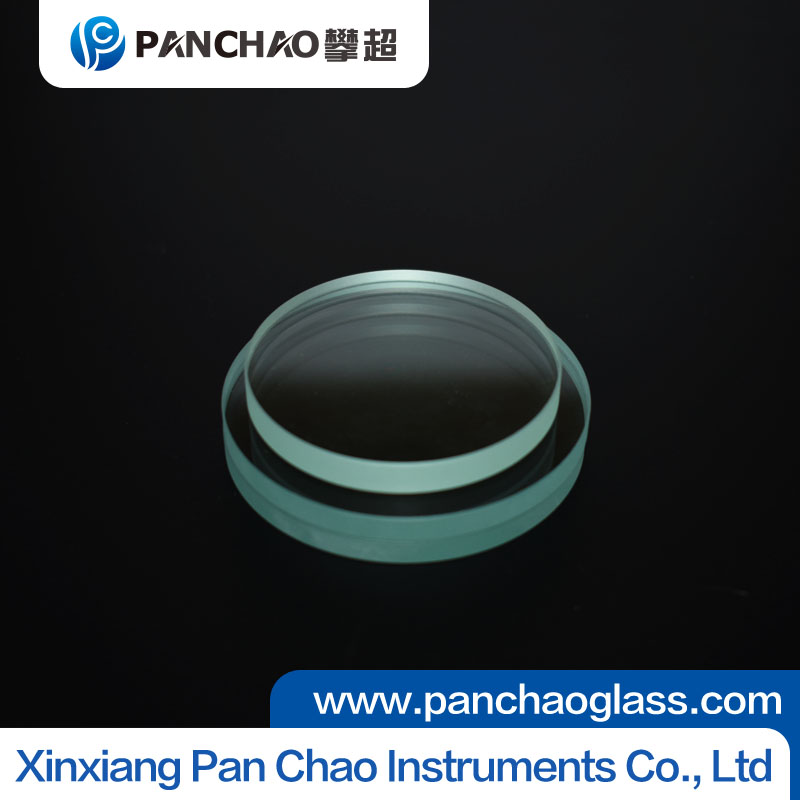
Understanding Length Tolerance Standards in Custom Glass Tube Manufacturing
When ordering custom glass tubes, precision in dimensions is crucial—especially the length tolerance, which directly affects assembly accuracy, sealing performance, and overall functionality. Understanding how length tolerance is defined and applied helps ensure that the finished glass components meet both technical and practical requirements.
Length tolerance refers to the permissible variation between the specified and actual lengths of a glass tube after production. Because glass is a brittle material that undergoes thermal expansion and shrinkage during processing, achieving perfect uniformity is nearly impossible. Manufacturers therefore follow tolerance standards that balance feasibility with precision.
For standard laboratory or industrial glass tubes, length tolerances typically range from ±0.5 mm to ±1 mm for small tubes under 100 mm, and ±1 mm to ±2 mm for longer tubes up to 1,000 mm. The exact tolerance depends on the tube’s diameter, wall thickness, and production method—whether it’s cut, fire-polished, or machine-finished.
In high-precision applications, such as optical instruments or medical devices, stricter tolerances may be required—sometimes as low as ±0.2 mm. Achieving this level of accuracy involves controlled cutting, temperature-stabilized environments, and post-processing techniques like grinding and end-face polishing.
It’s also important to note that tolerance standards can vary by material type. Borosilicate glass, for example, exhibits better dimensional stability under heat, while quartz glass may require special allowances due to its higher processing temperature.
When placing custom orders, engineers should clearly specify both the nominal length and acceptable tolerance range. Open communication with the manufacturer ensures that production aligns with intended application requirements.
In summary, understanding and managing length tolerance is key to producing reliable, high-precision glass tubes that fit seamlessly into complex industrial and scientific systems.
Related articles

Xinxiang Pan Chao Instruments Co., Ltd.
Tel: +86 13343800331
Contact person:Carrie Niu
Fax: 0373 303 0331
Email:sales@panchaoglass.com






